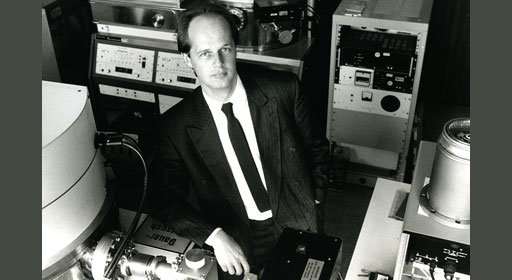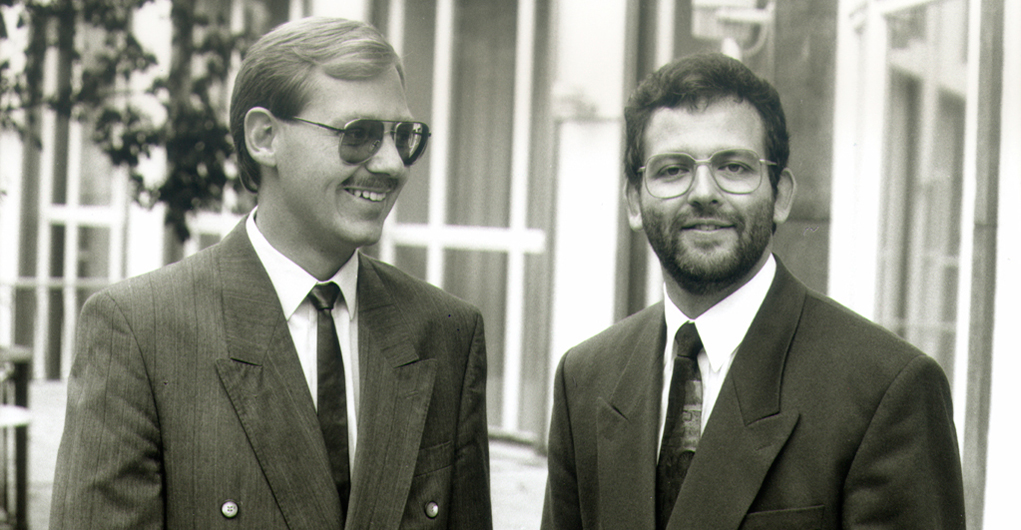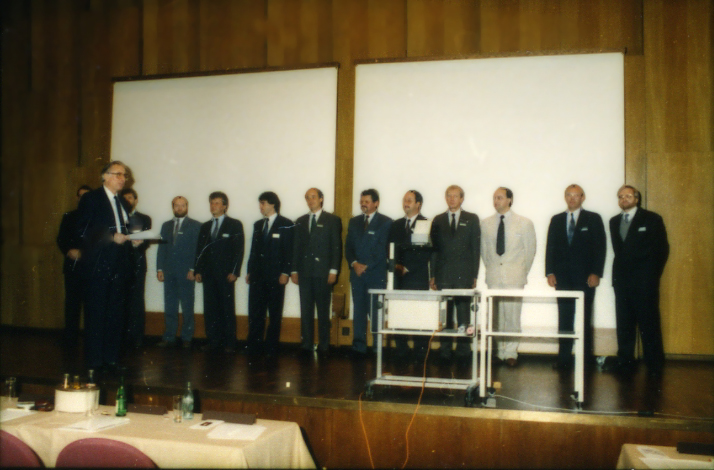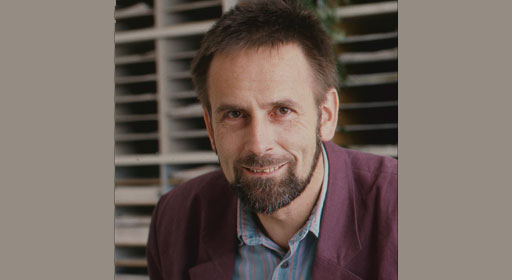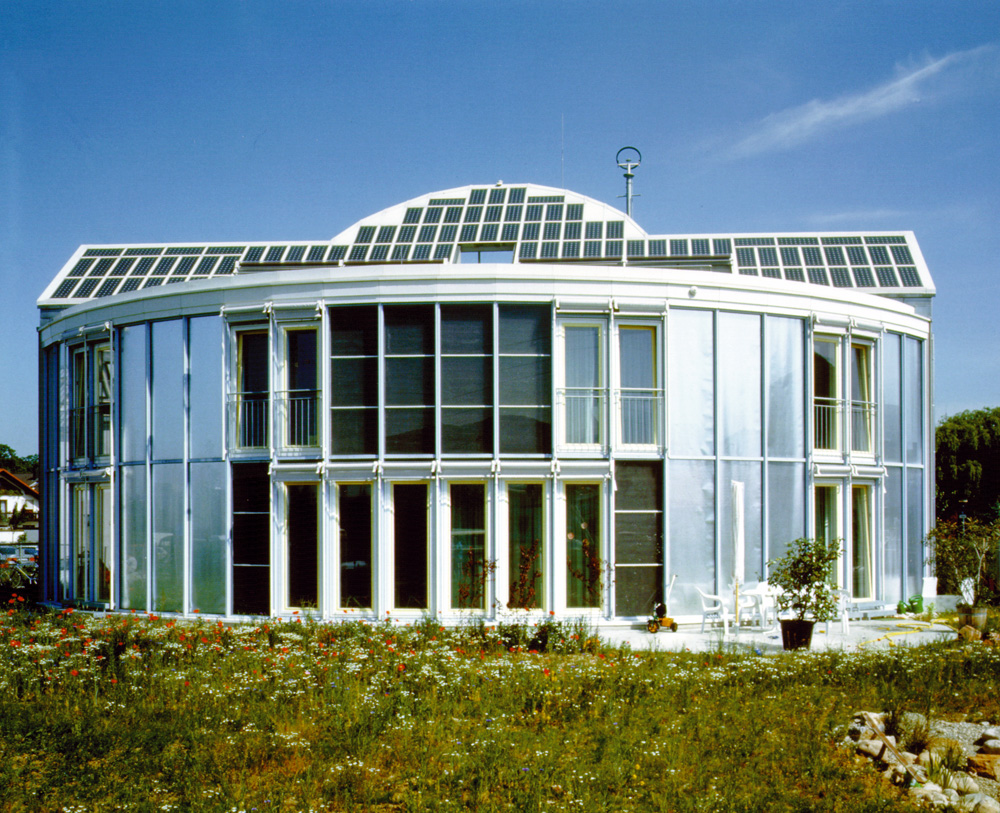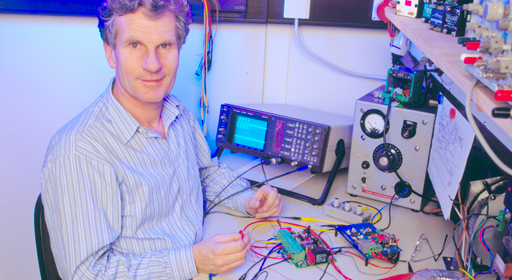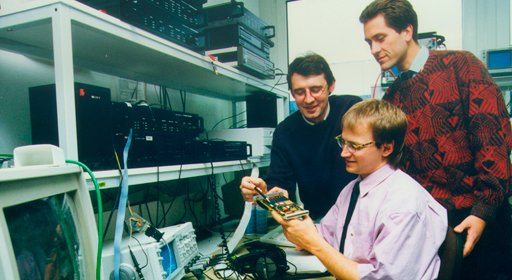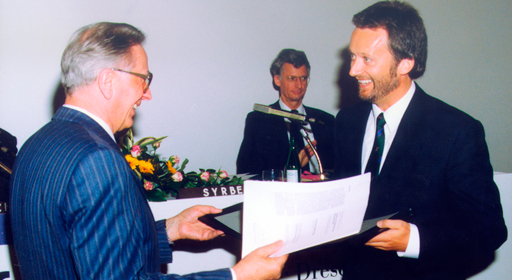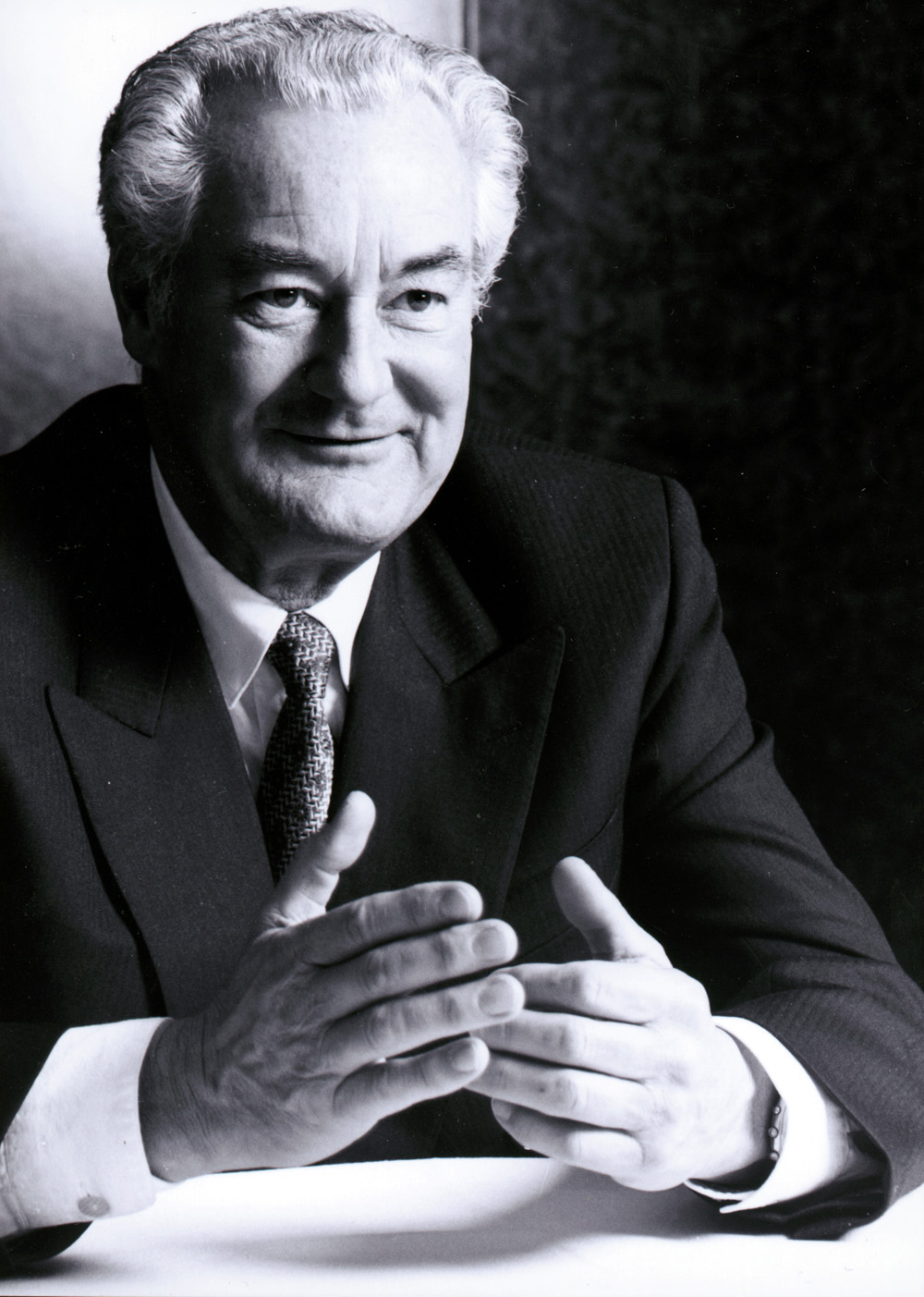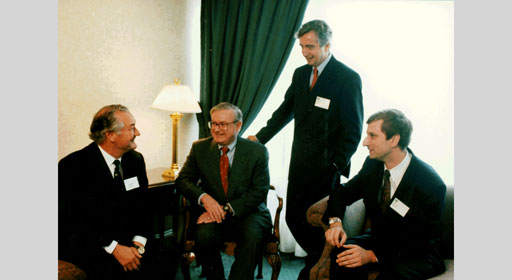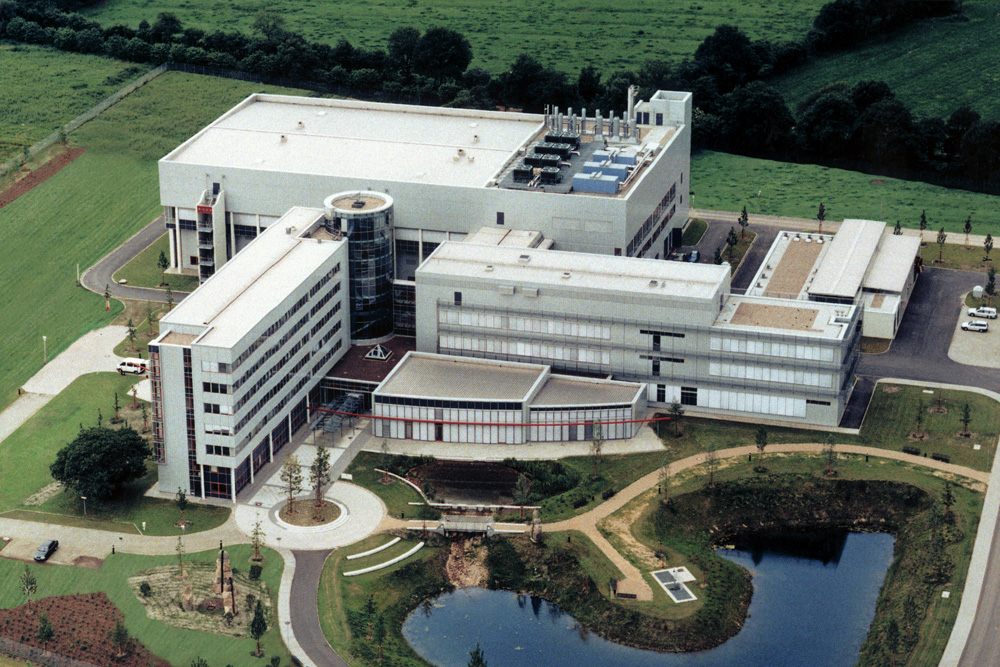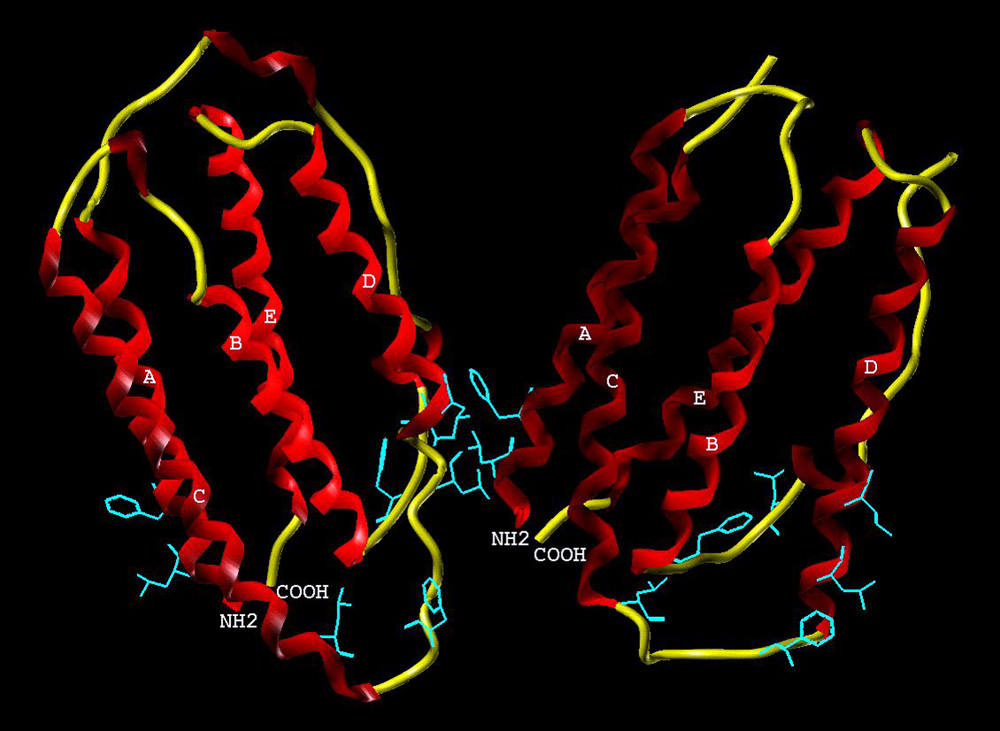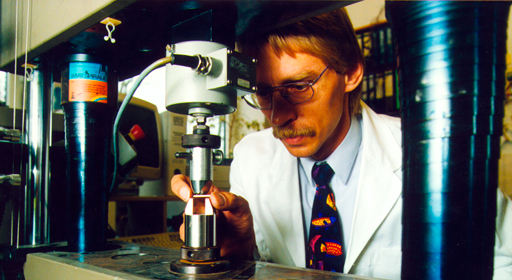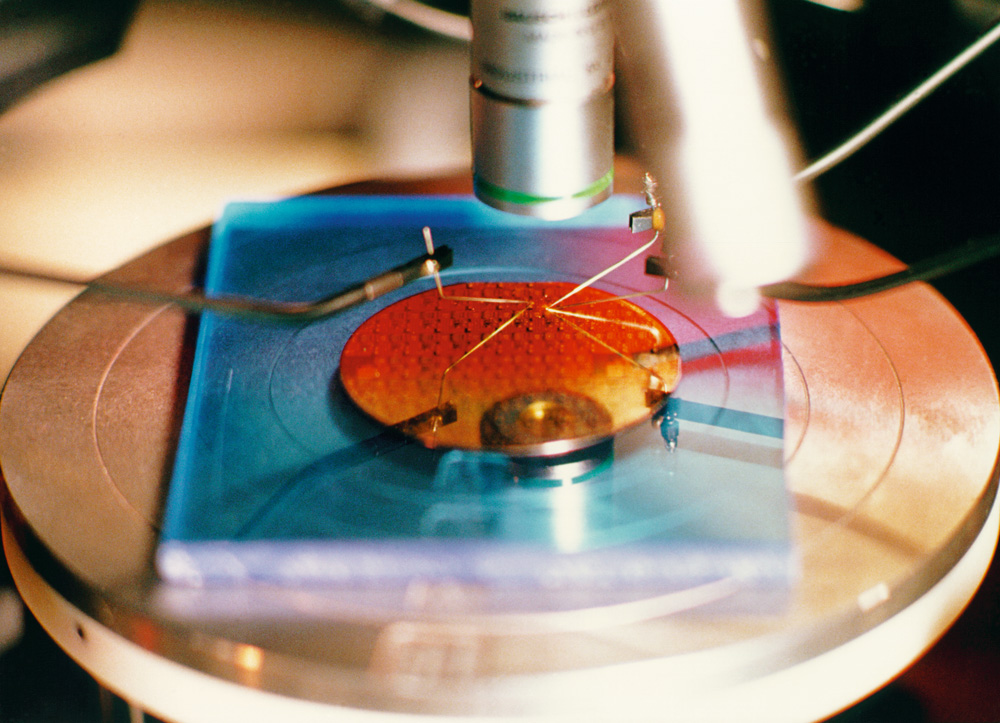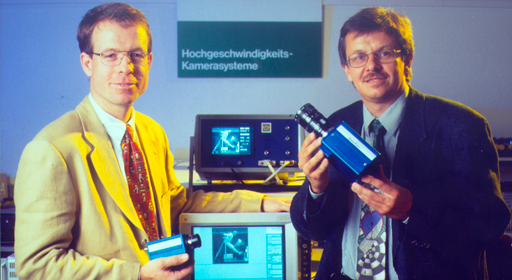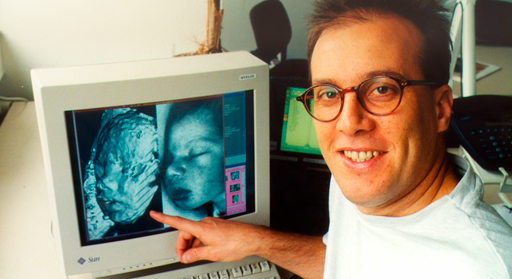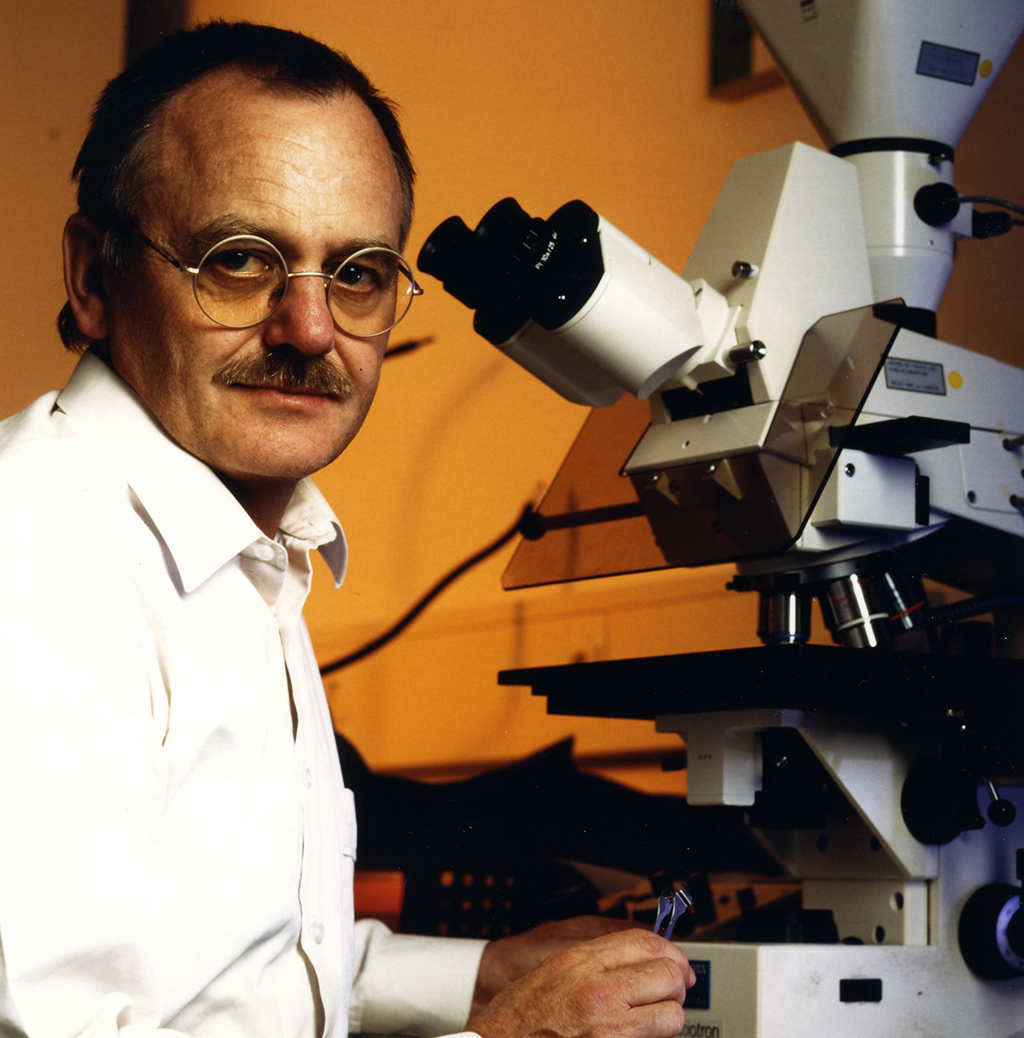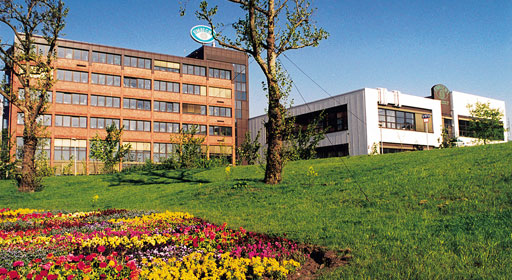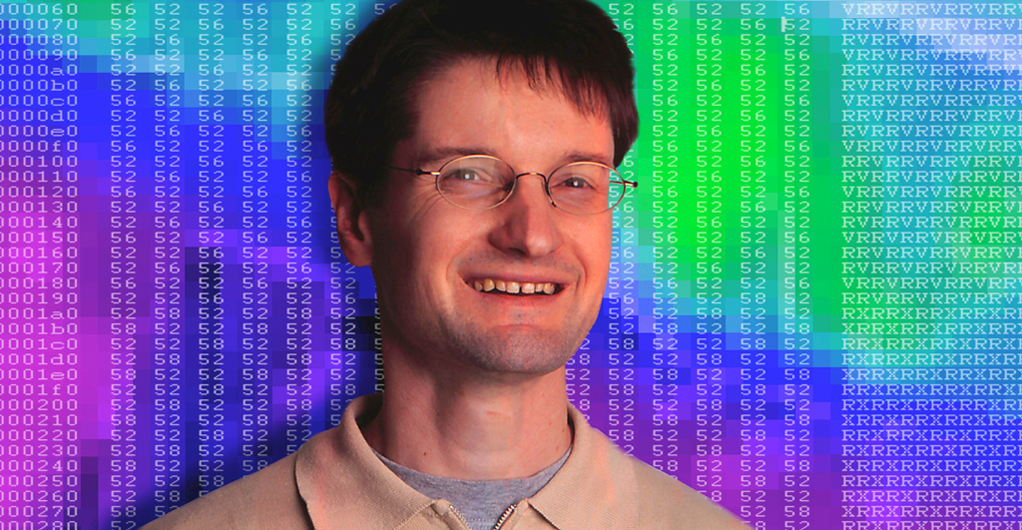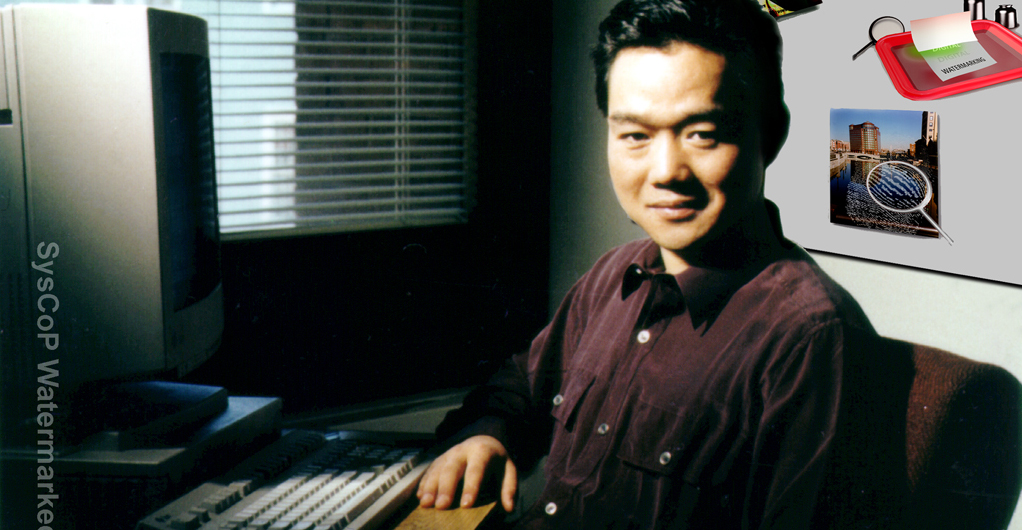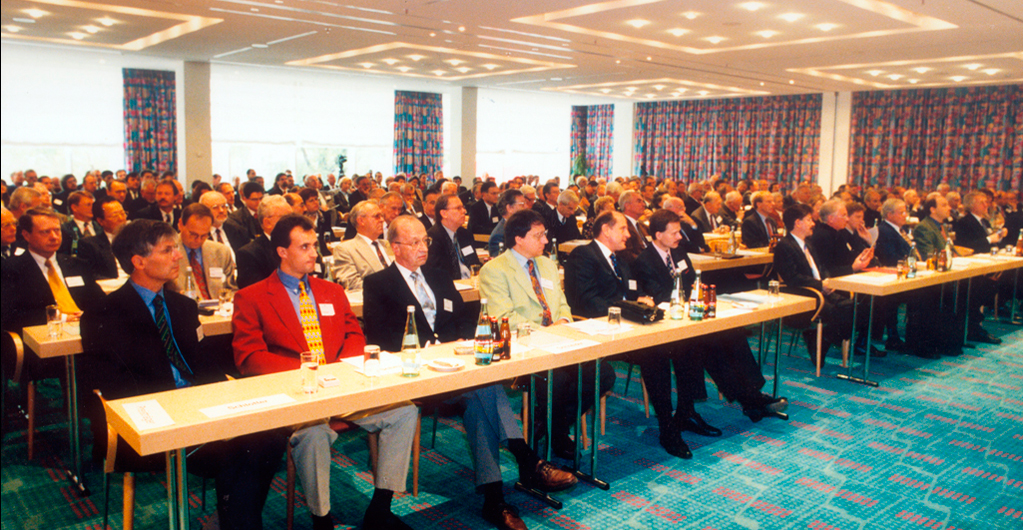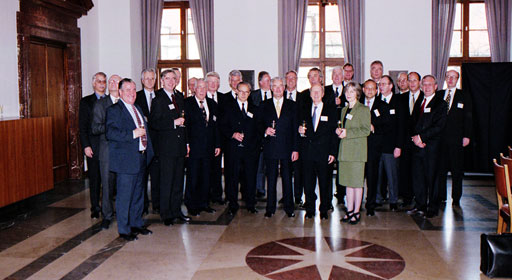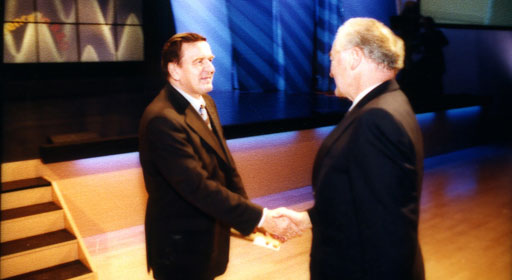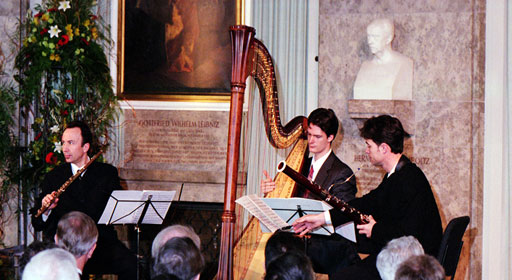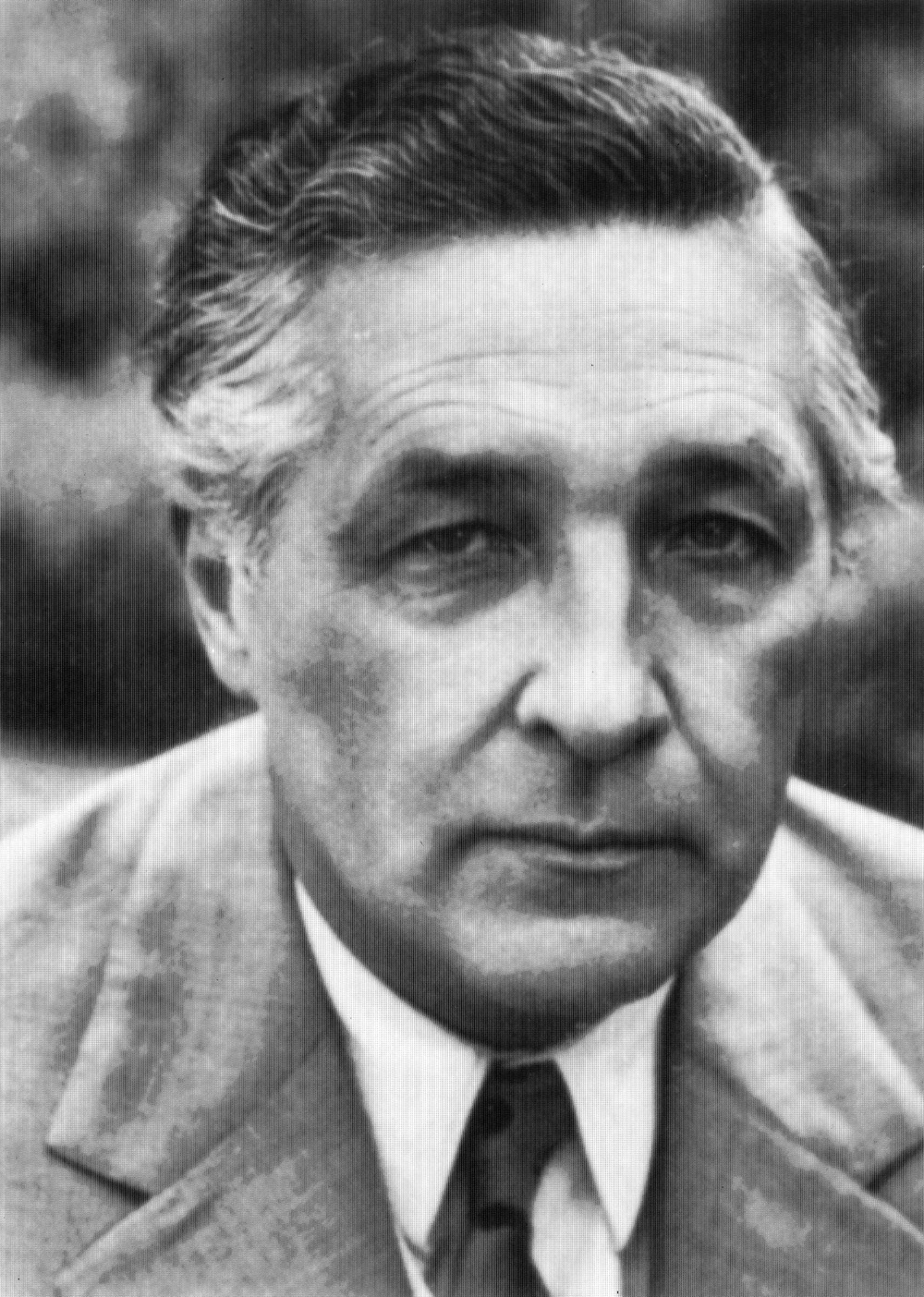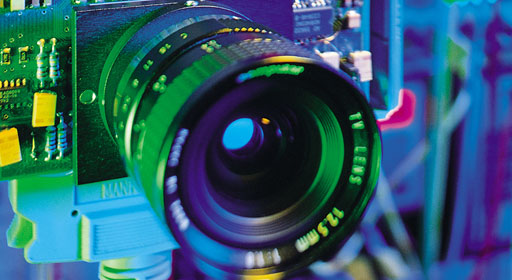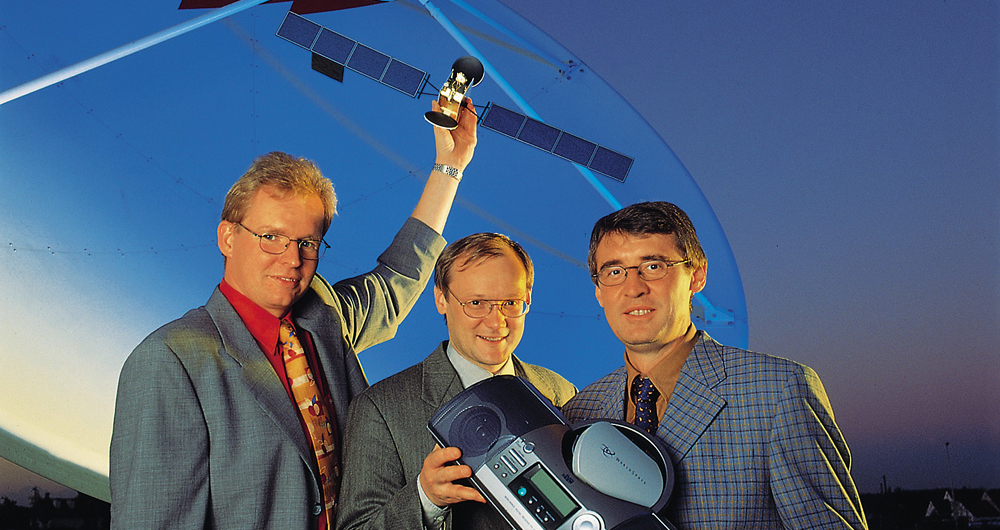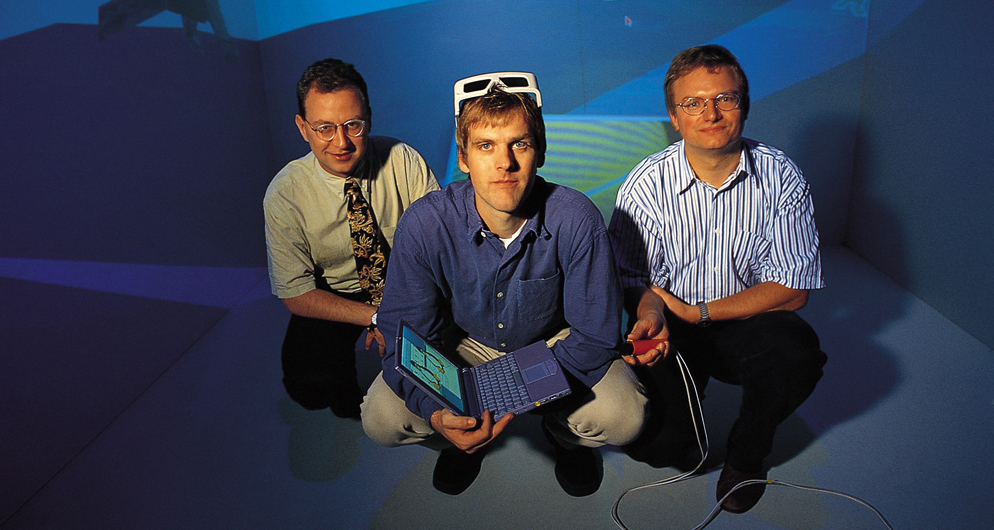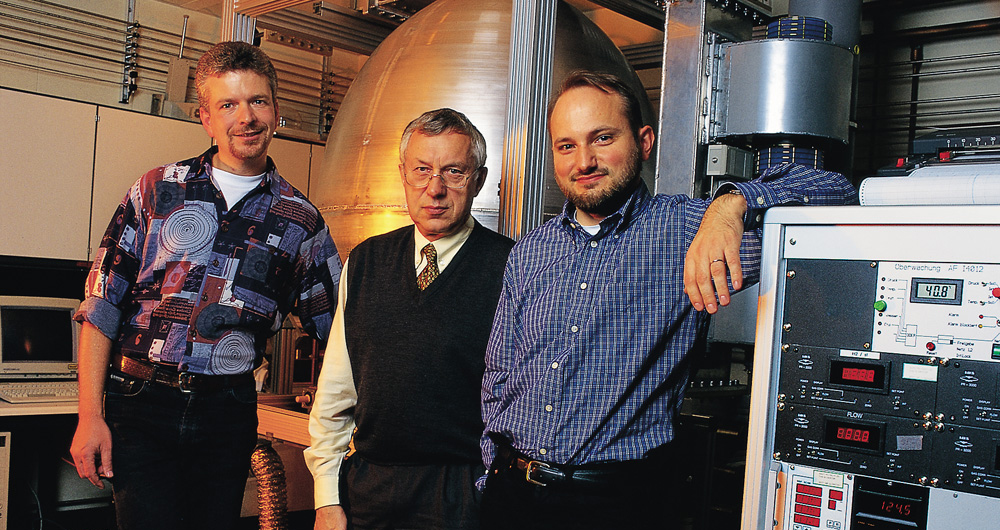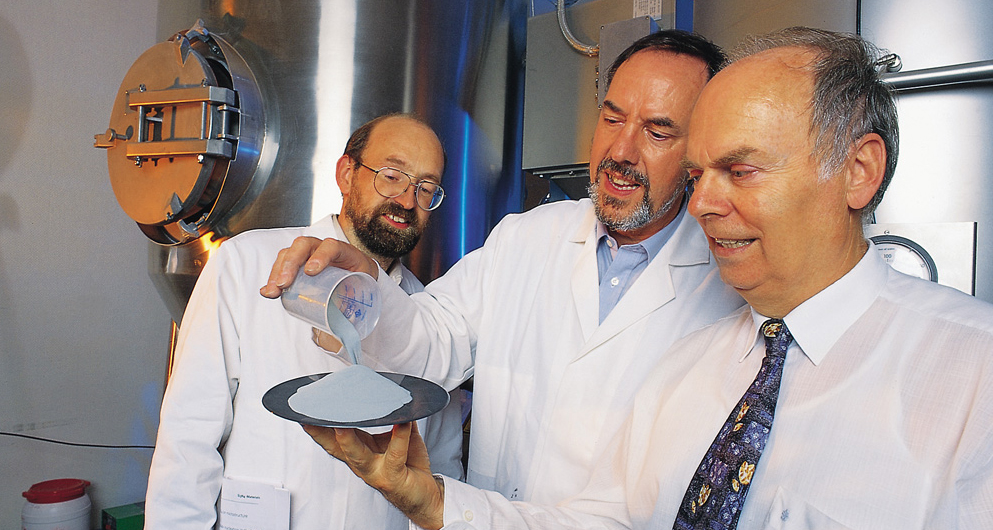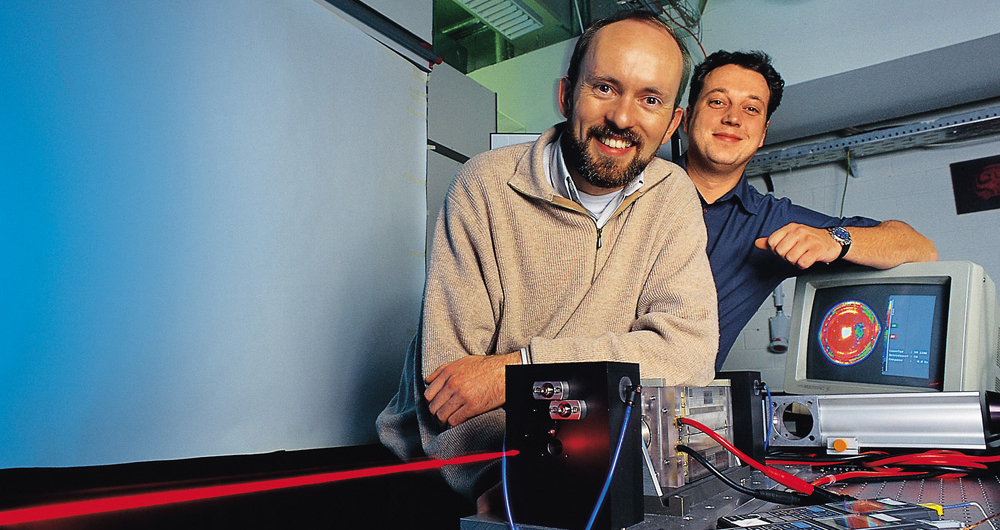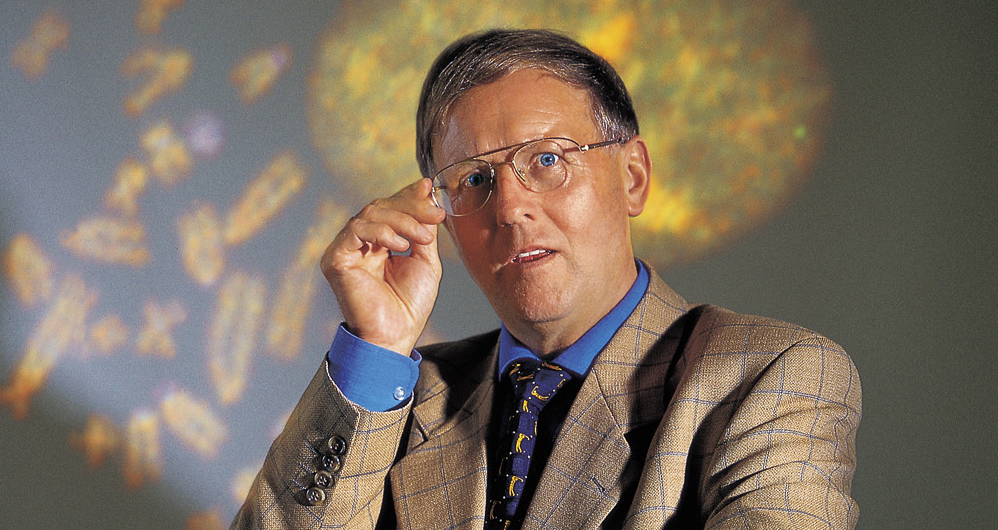New research units
The Fraunhofer Institute for Environmental, Safety and Energy Technology UMSICHT, based at Oberhausen, is integrated into the Fraunhofer-Gesellschaft early in the year. This represents a strengthening of the organization's competence in the fields of process engineering and environmental engineering.
After two years of preparation, the Senate gives the go-ahead for the creation of a new department of the Fraunhofer Institute for Information and Data Processing IITB: the Institute for Transport and Infrastructure Systems IVI is to be set up in Dresden. It will incorporate the former IITB branch laboratory for process control. Transport technology is thus given greater emphasis in the research spectrum of the Fraunhofer-Gesellschaft.
To reinforce its competence in biotechnology, the Fraunhofer-Gesellschaft decides to set up a new department for molecular biotechnology at the Fraunhofer Institute for Environmental Chemistry and Ecotoxicology IUCT. The aim is that it should develop into an independent institute within three years.
The latest US center is founded in February at College Park, MD: the Fraunhofer Center for Software Engineering.
The Vision Alliance, in which 16 Fraunhofer Institutes have joined together with the aim of coordinating their expertise in the field of automatic image processing systems, opens a joint liaison office in Erlangen, where customers can call and have their inquiries forwarded to the appropriate institute.
